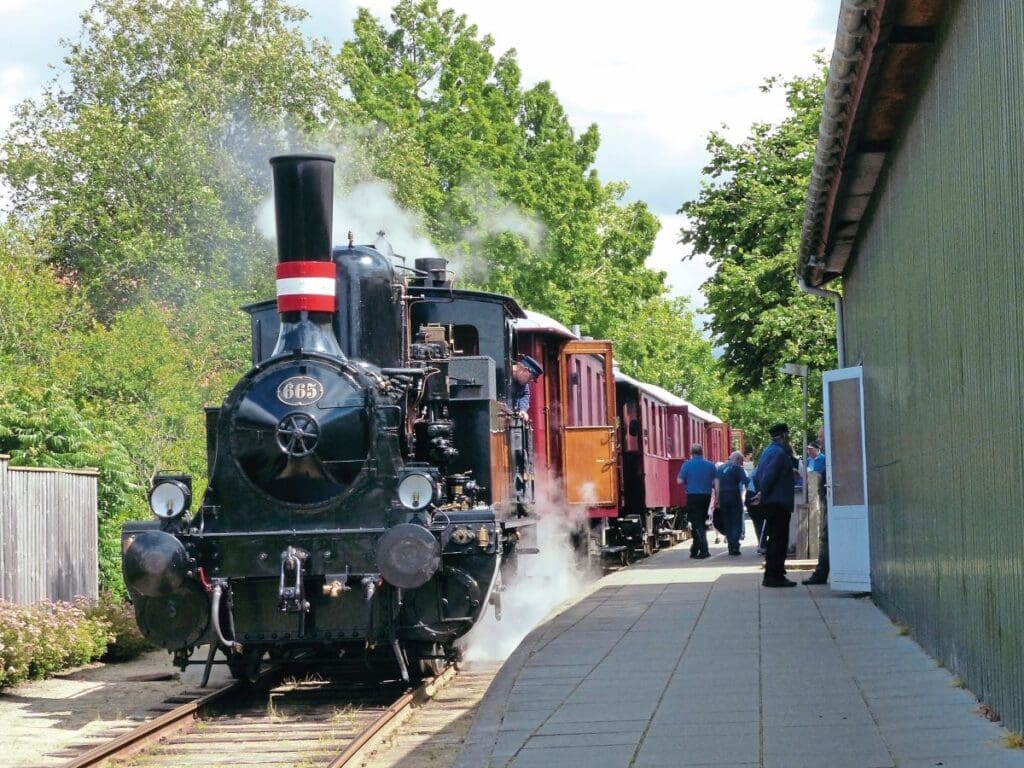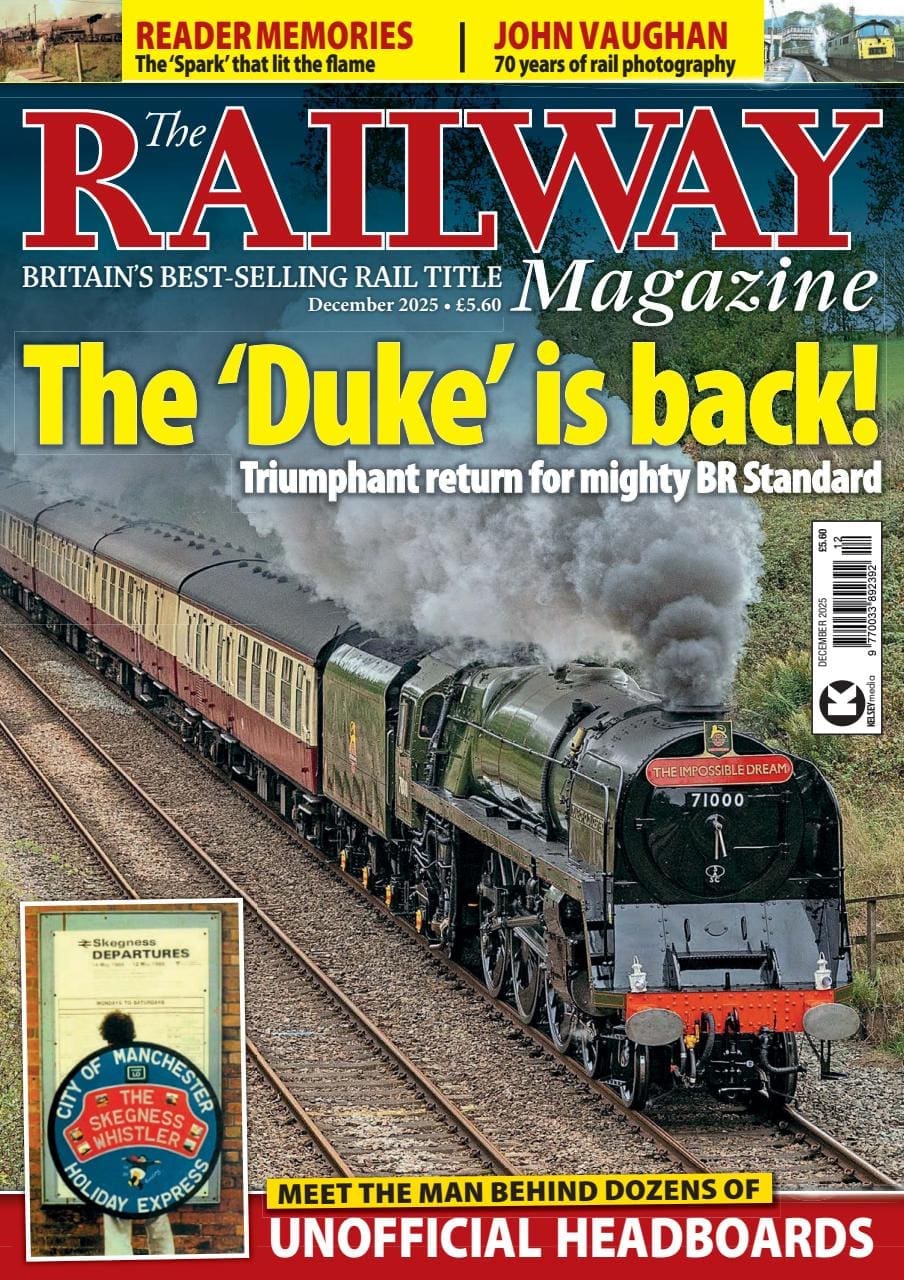The Nene Valley Railway is renown for its eclectic mix of continental locomotives, with Frichs F 0-6-0T No. 656 returning to service in January 2024. More than 400 miles away, one of its classmates was also emerging from overhaul as Phil Barnes discovered during an impromptu visit to the Danish line it calls home.
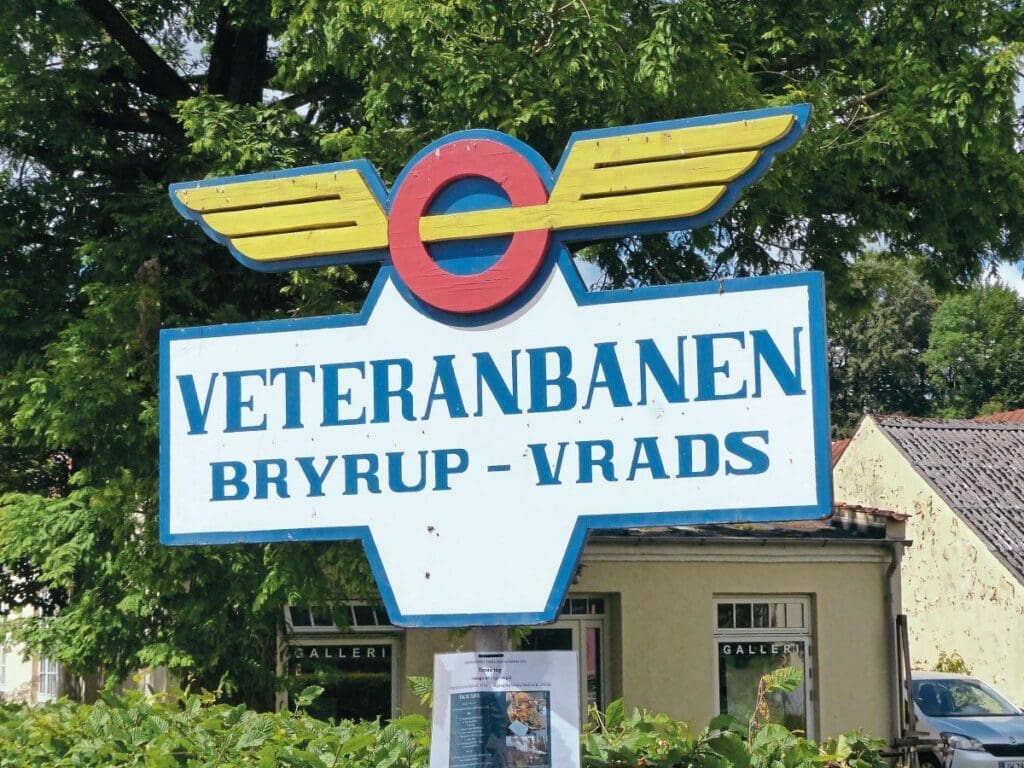
In order to set the scene, this article is based around a quirky and unusual set of circumstances highlighted by a ‘light bulb moment’ while looking up some information on Danish State Railways Frichs F class 0-6-0T F665, which is located at the Veteranbanen-Bryrup-Vrads (VBV), a Danish heritage line in the Bryrup region. This was the result of a visit on July 8, 2024, during a cruise ship stop at Aarhus on the Jutland Peninsular. Six weeks later I visited the Nene Valley Railway during a day when the rostered engine was another F class – F656. Already there is some quirkiness in play with the numbering of these two locomotives which form a sort of numerical anagram!
Both were built to a design of Otto Busse by Frichs of Aarhus in 1949, before starting their working lives on the Danske Statsbaner (DSB) after World War 2 – which itself was a period that devasted that country’s railways.
From the history of steam through to 21st century rail transport news, we have titles that cater for all rail enthusiasts. Covering diesels, modelling, steam and modern railways, check out our range of magazines and fantastic subscription offers.
These post war built 0-6-0Ts were manufactured to the original drawings of Otto Busse, primarily for use as shunting locomotives. The two locomotives featured here were part of a class that once numbered 120, of which 11 are extant in both non-operational and operational condition. Both F656 and F665 fit the latter status, although only since the beginning of 2024. When you consider that one is based at Bryrup and the other at Wansford (416 miles away as the crow flies), it is unlikely that there was ever a race to get these locomotives into traffic around the same time, it just happened by coincidence!
It often doesn’t take much effort to see which locomotives are rostered at many heritage railways, and seeing that F656 was working on the NVR on August 14 was too good of an opportunity to miss. Having already visited the VBV, an opportunity to travel with F656 was a must.
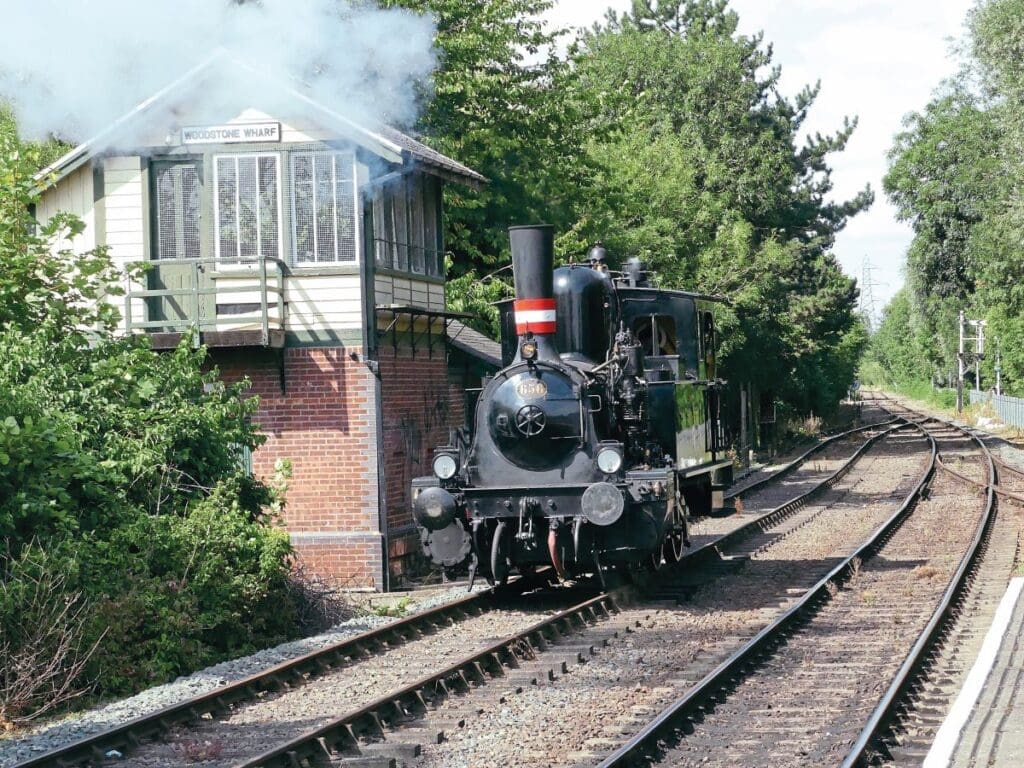
Danish state steam
The VBV is a 5km long heritage railway located about 55km to the west of Aarhus and is on a longitude of 56 degrees North, which is about the same Northing as Edinburgh on the other side of the North Sea.
The current stretch of railway is a remnant of the standard gauge Horsens-Bryrup-Silkeborg line which was operational from 1929 to 1968. The Horsens to Bryrup section was first built through the late 1890s and opened in April 1899, but was originally meter gauge; this section was regauged when the Bryrup to Silkeborg section was constructed in the late 1920s. This railway’s story is a familiar one of a route being created as one of Denmark’s private railways to link local communities, but by 1968 it had become unprofitable due to the increased use of road traffic and was therefore closed. The plan was to replace the railway with buses and convert the route to a bridle path or nature trail; this didn’t sit well with the residents of Bryrup who wished to maintain a part of the former railway as a preserved route.
From above it is possible to see that the entire line meanders through an area of outstanding natural beauty and this railway has the accolade of being ‘The most beautiful railway in Denmark’. As well as travelling through forests, the line passes three lakes – Kvindso, Kulso and Snabe Igelso.
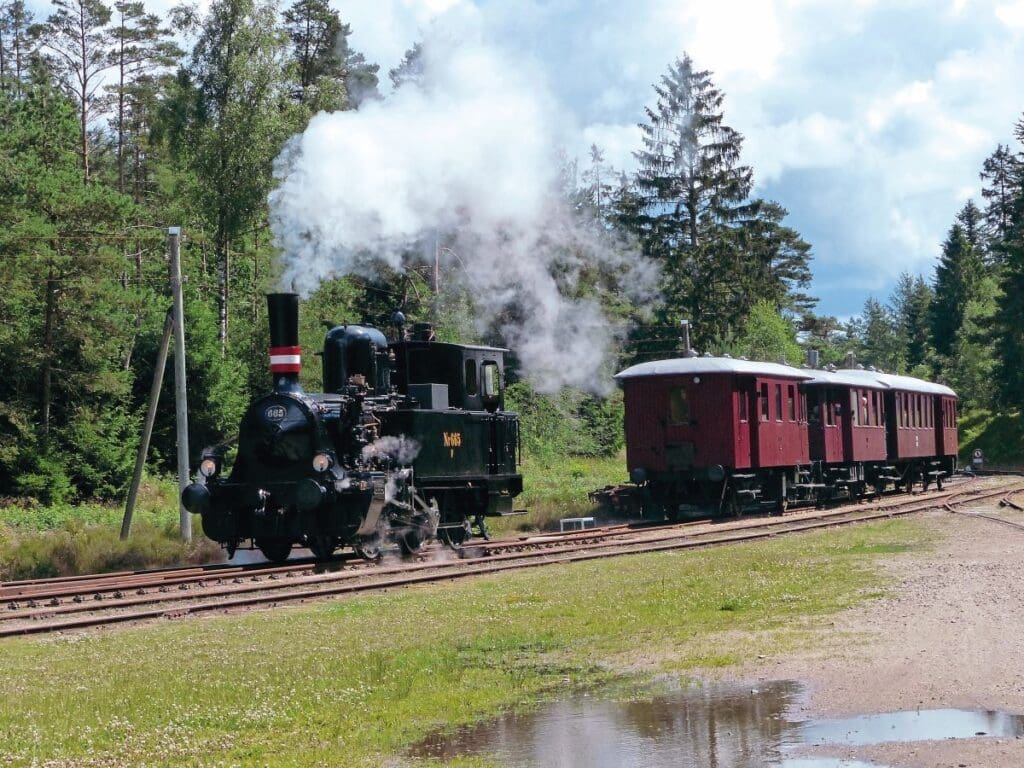
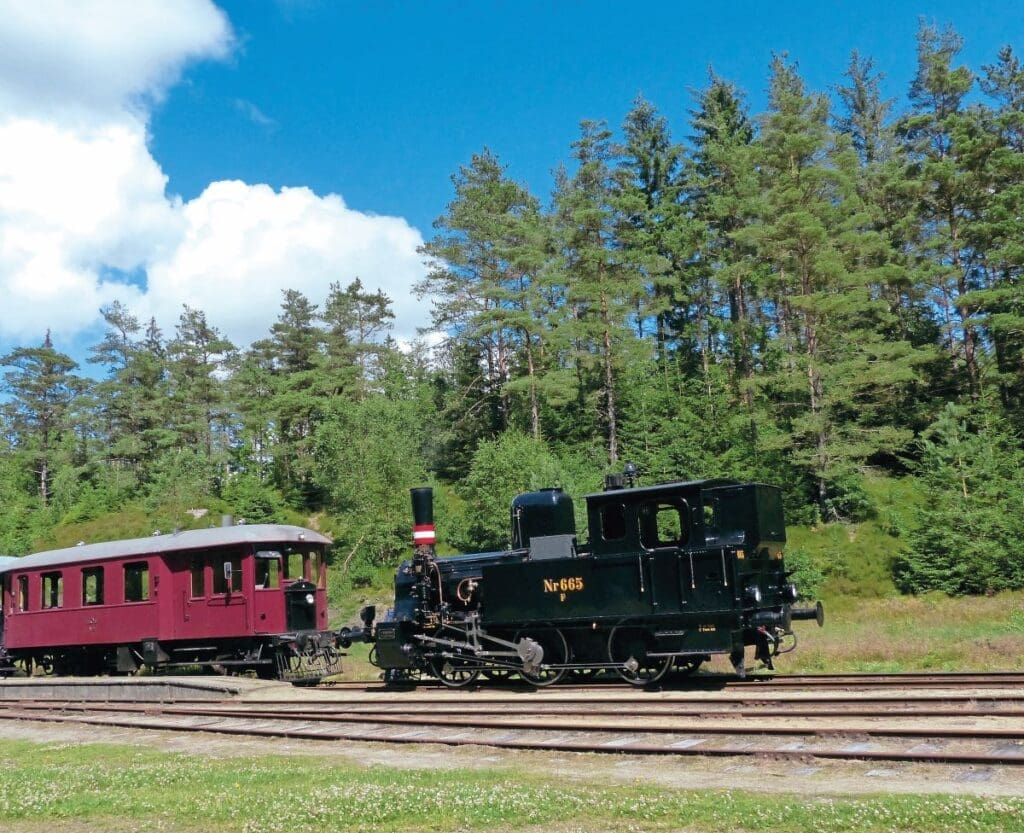
British history
Elaborating on the Danish F class, these 120 locomotives were built over a period of 51 years between 1898 and 1949, and actually had a British pedigree; they were based on the original design of four F class tender locomotives supplied to the State Railways of Jutland-Funen in Denmark during 1873, all having been built by Robert Stephenson and Hawthorns of Newcastle which happens to be a place ‘just across’ the North Sea from Denmark. Ultimately those four locomotives were converted circa 1889/90 to tank locomotives and remained in service until the late 1930s, which meant they were in service at the same time as Busse’s long established F class design, which was initially designated as class F2.
The 0-6-0Ts are powered by two cylinders with a 16in bore and a 22in stroke, with Allan straight link slide valve gear to control them. The boiler is coal fired and is rated at about 170psi, giving the locomotives a tractive effort of roughly 16,896lbs. This power is transmitted to the rails via 49.3in diameter wheels with the overall dry weight being 30.5 tons.
After World War 2, and with the need for more shunting locomotives, a batch of fifteen were sanctioned, all also built by Frichs, and included both Nos. 656 and 665. However, this batch of locos had an enhanced specification by way of stronger buffer beams and buffers as well as larger coal bunkers, the latter increasing their range and flexibility. Their primary use was mainly for shunting stock on and off the various rail ferries, but were also employed on some light goods and passenger services.
It is worth mentioning here that a unique feature of these 1949-built F class locomotives is a pipe connection between the air brake system and the whistle steam feed system, controlled by two on/off cocks and a one-way valve. The reason for this was to enable the whistle to be air-operated at night, which gave a more subdued and controllable sound than was possible with steam, so as to avoid unduly disturbing passengers in the carriages when being shunted on and off the ferries.
Although built the year before, F656 was not delivered into service until early January 1950. After about 12 years use it was overhauled in the last months of 1961 before being stored at Aargus on the reserve list until 1969.
In March 1975 was purchased privately for use on the NVR for 17,000 Kroner before being transported to Peterborough via the port of Esbjerg. The NVR was, at the time, a comparative newcomer to the preserved railway scene and the acquisition of F656 was therefore to solve the problem of there being a lack of British-built locomotives and rolling stock available. After realising that the NVR’s route could easily be made to achieve the relevant loading gauge clearances, European stock started arriving and is why the railway has so many items of continental rail vehicles based there.
At this time the NVR was yet to formally open, but F656 was first steamed in the UK in 1976 and after the formal opening of the railway in 1977, this locomotive saw regular use on the lighter off-peak trains. However, the firebox became damaged in 1982, with one side quilted and a stay bolt wrenched out. After several unsuccessful attempts at rectification, boiler engineer Pridham was called in and declared it “beyond economical repair” – which was the case at that time, but copper welding technology has since moved on, thus enabling it to be repaired during the most recent overhaul.
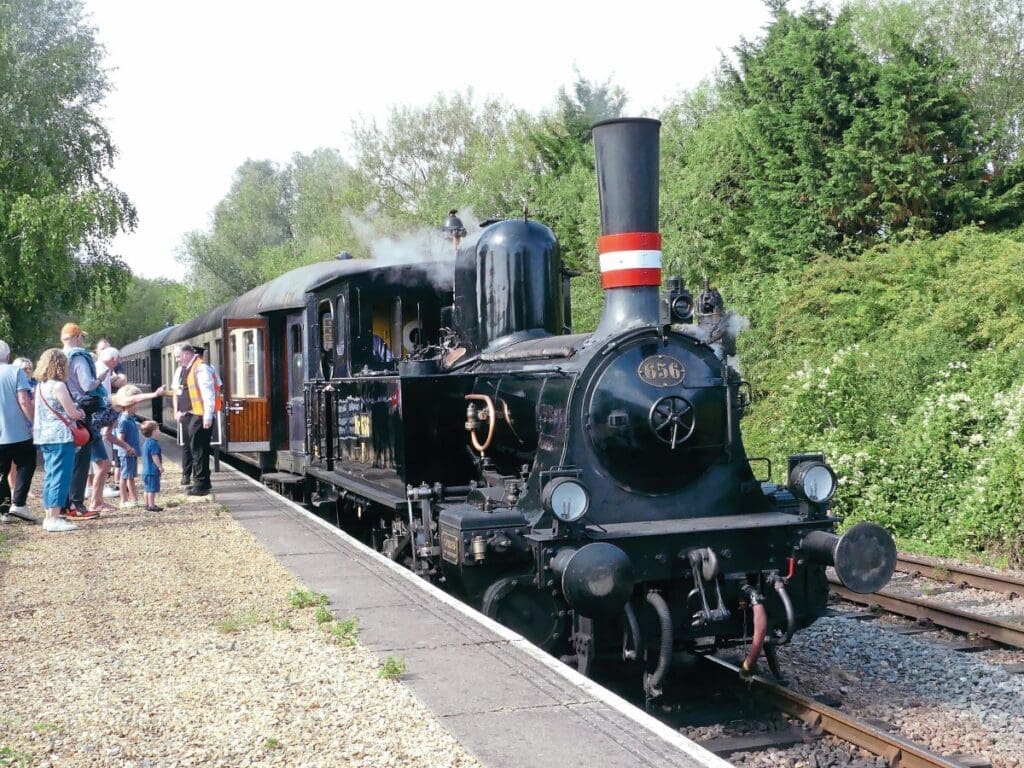
Mosquito bait
During its first period of use at the NVR, F656 featured in an episode of the TV series Secret Army when it was shot up by a De Haviland Mosquito! For this, the locomotive carried a red and white Danish flag around its chimney, which is still present today.
After coming out of traffic, F656 spent many years in storage at Wansford before its overhaul started in earnest in 2002. As it was not high on the restoration list, it was to take over 20 years in a stop/start fashion before being completed, with it not being until September 2022 that it finally moved under its own power for the first time in decades. During these years, the boiler was sent to Locomotive Maintenance Services at Loughborough for the new quilted firebox sides to be welded in, stays and tubes replaced and a new main steam pipe fitted.
Grey iron firebars were replaced with chromium steel and spark arrestors from mild steel to stainless, both of which are expected to benefit from extended life as a result. The boiler was also clad in ceramic fibre for improved heat-insulation. A new vacuum brake system was fitted to allow F656 to work with the railway’s British rolling stock, the locomotive having previously been air-only and limited to hauling the continental carriages; conversely to F665, the original air pump could not be made to work and so was replaced by a spare the NVR had in stock.
Authentic replicas of the running lamps were made and fitted with 12 volt switchable red/white LED bulbs, the original system having used 24 volt filament bulbs.
Despite it appearing all but complete in the latter part of 2022, further work was still required meaning that it wasn’t until January 2024 that the locomotive completed a successful loaded test run and was passed fit for service.
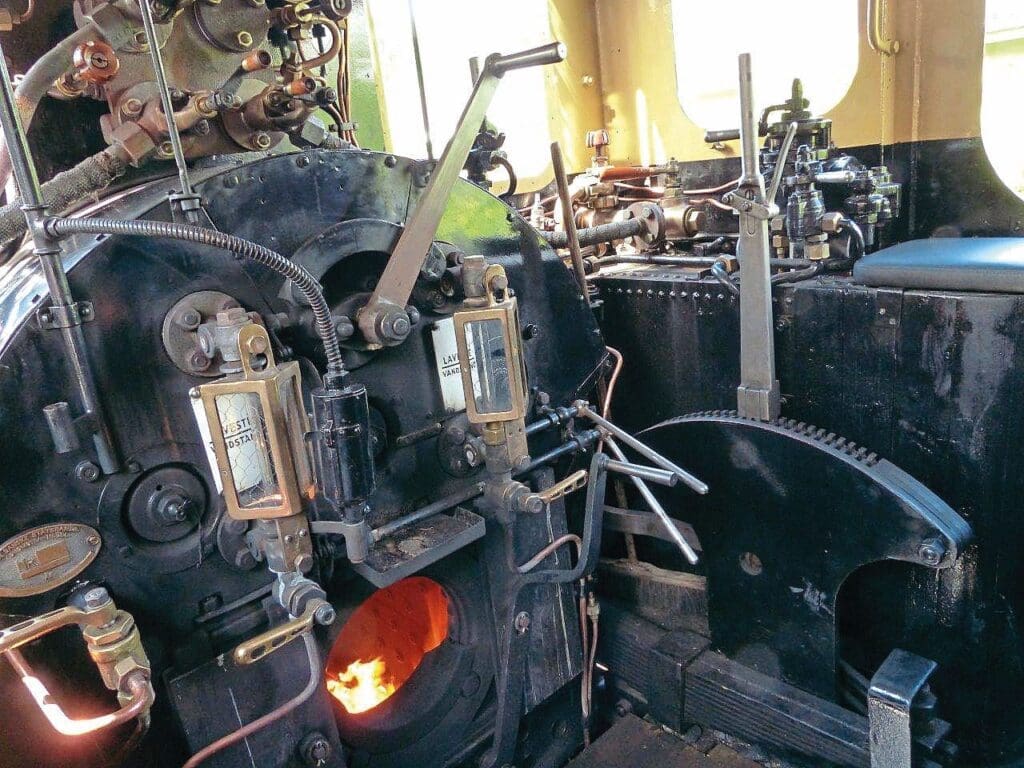
F665, meanwhile, was the last F class to ever be built and it too was delivered into service in late January 1950. As with F656 it was put into storage at Aarhus in mid-1962 following an overhaul in mid-1962 before transferring to be dry stored in the depot at Skanderborg until January 1966. It was then stationed at Randers where it was used as a shunting locomotive, before going on the reserve list. F665 was steamed for the last time on March 30, 1969, in order to work a special train over the private Randers Hadsund railway which was to close the next day. After this trip, F665 was stored in the depot at Randers until April 1971, when it was initially leased to the VBV before finally being sold to it in July 1974.
After many years of subsequent use, F665 came out of traffic in 2004 and once more spent many years in store. However, in 2019, it became the subject of an overhaul which lasted until late 2023. Sections of the lower boiler barrel were replaced as were both the front and rear tubeplates. New copper was also needed to be welded into the firebox sides, while many other of the regular overhaul jobs were carried (including tyre turning, replacing stays and fitting new tubes.) Amusingly, a replacement air pump did not work, with the locomotive’s original one instead being overhauled and refitted.
On March 3, 2023, the boiler was brought up to pressure for the first time in order to check and set the safety valves, with it being approved by the boiler inspector 13 days later. Following reassembly, F665 was steamed up on September 23 for further tests and adjustments, before finally turning a wheel under its own power on October 10 when it performed a short test run along the VBV. Five days later it was lit up again and put on display for the VBV’s Veteran’s Day.
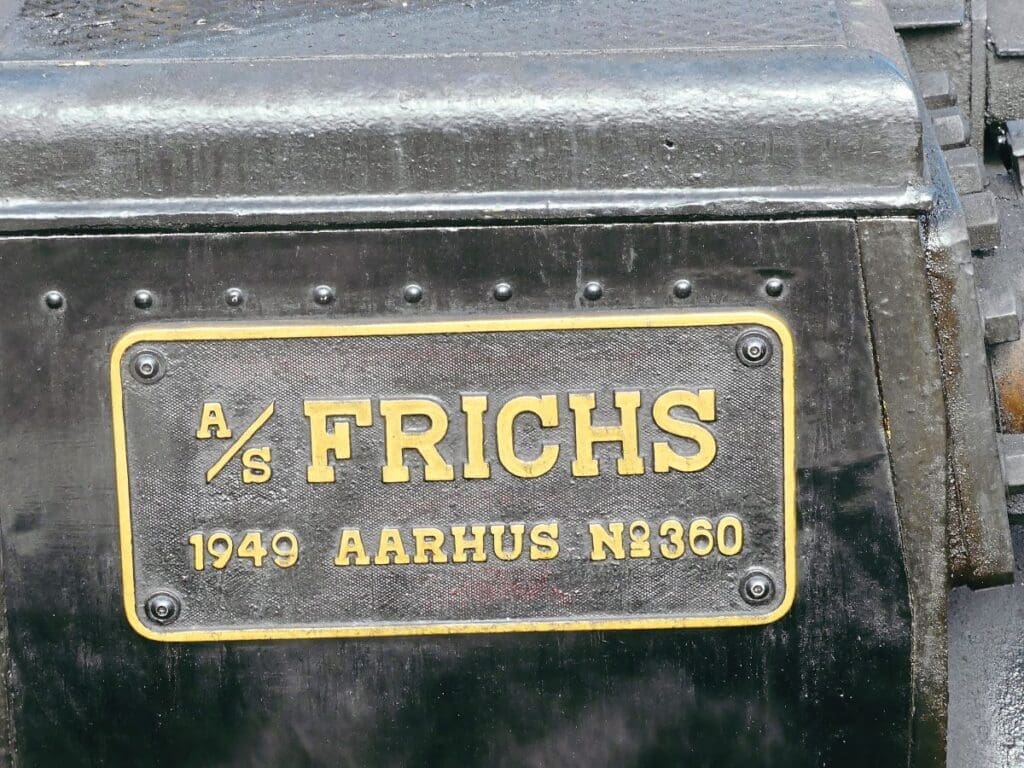
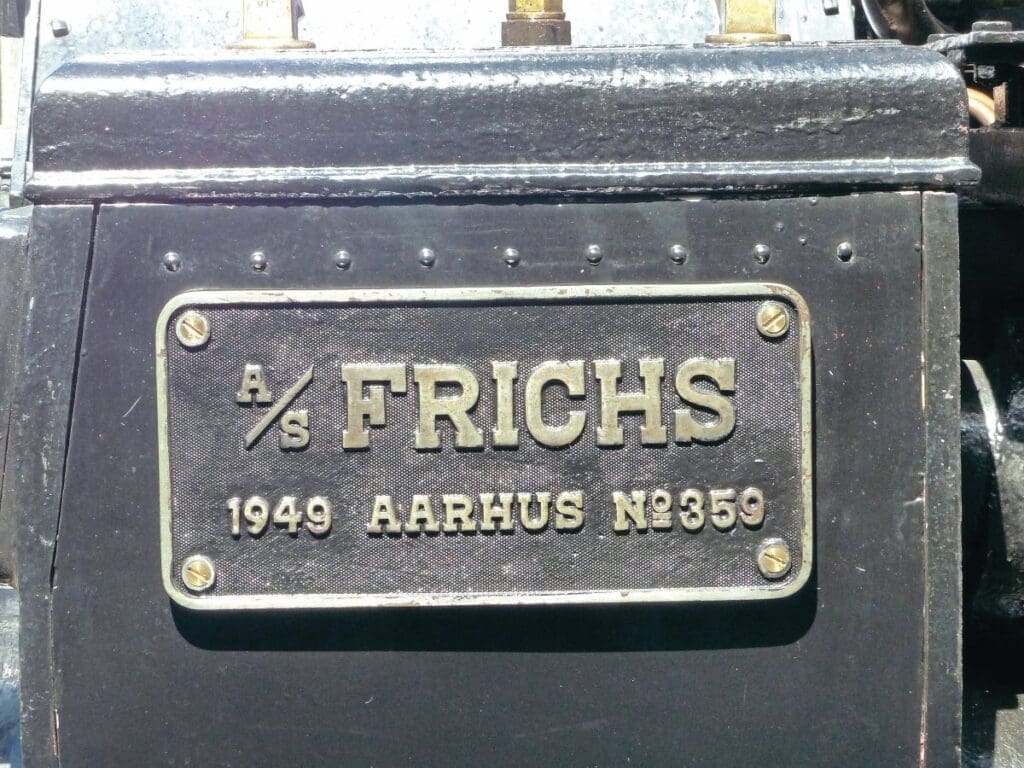
Further test runs followed, with it being approved for service by the relevant authorities on December 5. However it was not until May 26 – the birthday of the nation’s monarch King Frederick X – that it was presented to the VBV’s passengers during a hand-over ceremony and officially ran its first trains – just a few months after its British-based classmate.
Interestingly, by looking at the works plates on their cylinder blocks it transpires that F656 is works No. 360 with F665 is being No. 359 – i.e. consecutive works numbers, albeit not in sequential order!
It is purely coincidental that a pair of these locomotives almost simultaneously returned to service yet so far apart from one another – are there any other similar instances? If so, they must surely be few and far between. Given the restrictions of the British loading gauge it could be considered quite a novelty to sample a Danish steam locomotive on one of our own heritage lines and then be able to sample the same type in its native country.
As it happens, the VBV is not just home to one of these F class locomotives – F658 also operates there. Despite being purchased in 1986, it was not brought into service until 2004, replacing F665 when that was withdrawn. The railway’s passenger stock includes M class petrol railcar vehicles built by Triangel Oden, some of which were built as far back as 1927, and which supplement the open-ended wood-clad four-wheel carriages (of which only two are operational).
Amusingly, during my visit there, when F665 needed to swap ends at Vrads, the railcar was powered up and the consist was moved under diesel power into Vrads platform, in order to allow the locomotive to run round to the Bryrup end for the return journey.
The VBV operates services at weekends between March and October, with some weekdays during July and August, with steam services tending to operate on Sundays; it’s 2025 calendar is yet to be confirmed. As mentioned, the railway is volunteer run with a member’s club night every Thursday and working parties on Saturday at the depot in Byrup.
For further information on the VBV see www.veteranbanen.dk
